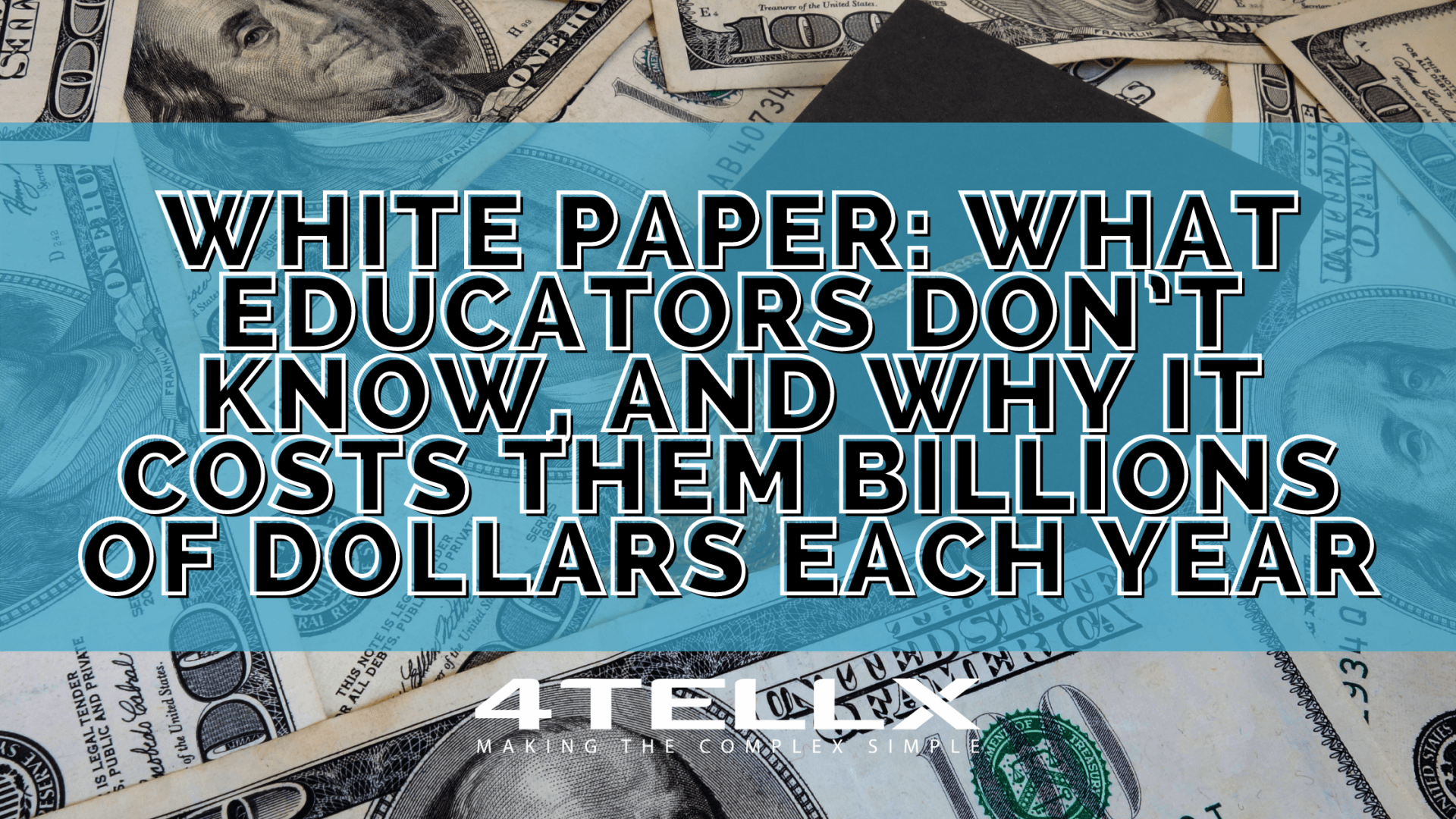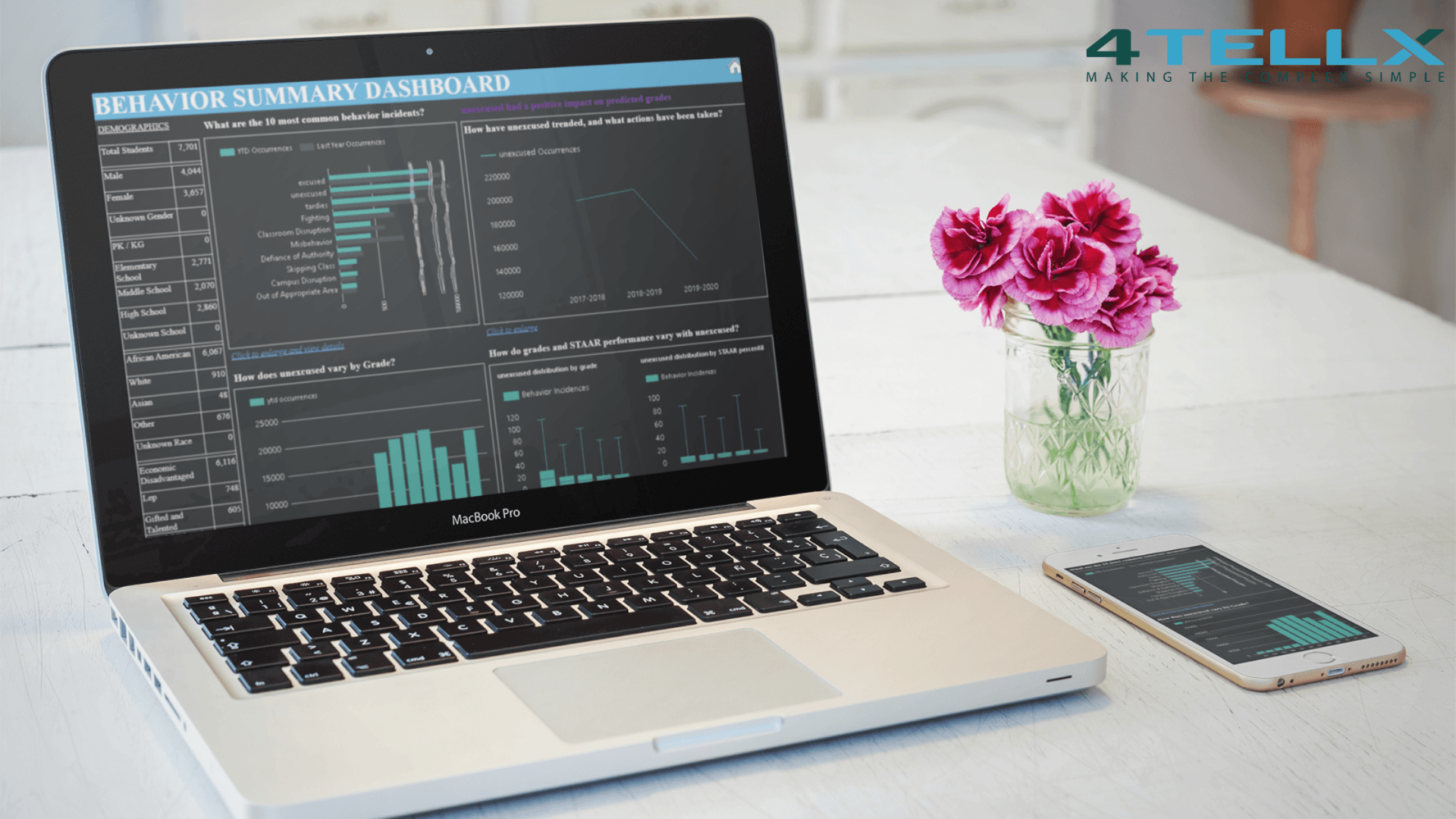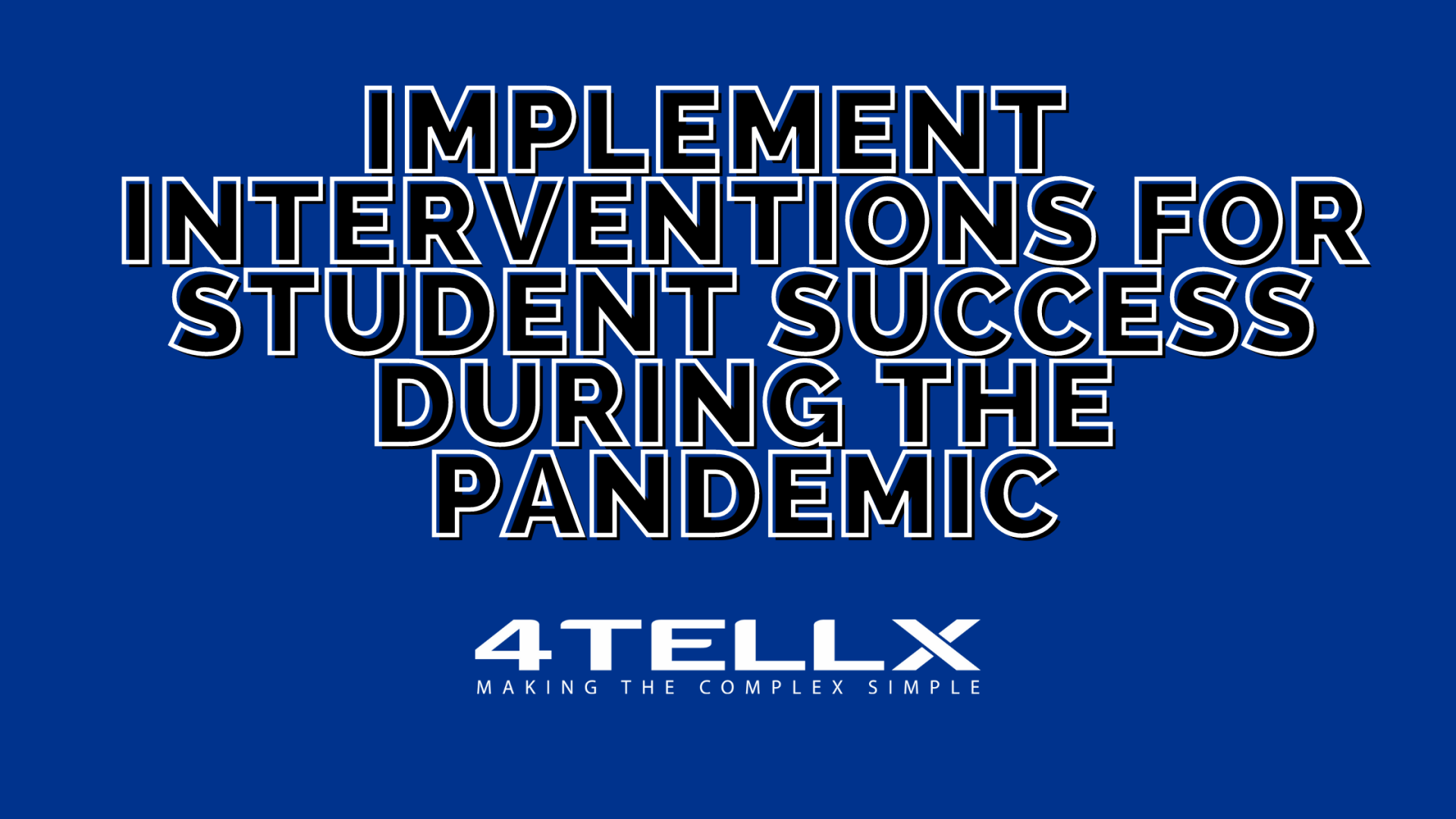How Predictive Analytics Can Boost Student Outcomes
As educators our responsibility is to prepare students to be successful in whatever future they choose for themselves. These students are at many different academic levels, and schools are doing their best to teach 21st-century skills so they are prepared for their future and can compete in the global market. School districts have embraced technology which means more data has been digitized, and school districts equally need to advance to the 21st century and use big data to maximize every student’s individual potential.

What is Big Data?
“Big data” is a term used to describe data that is too large and/or complex to analyze with the methods historically used in data analysis. The consulting company, Gartner, originally coined the term in 2001 when it provided the following definition:
"Big data” is high-volume, -velocity and -variety information assets that demand cost-effective, innovative forms of information processing for enhanced insight and decision making.”
That definition captured the three key characteristics of defining big data:
- Variety
- Data in various formats and from different data systems that make comparison and analytics improbable without modern tools
- Velocity
- Real-time data that must be collected, transformed, and analyzed in a timely manner
- Volume
- Collecting large volumes of data from multiple sources and storing them while still having access to analyze them
Big data is changing nearly every sector of the economy. The financial industry, the sporting industry, and the medical industries have helped usher in big data, and the improvements can be seen in business intelligence, targeting and serving customers, and reducing costs. It has become the new data for innovation, and lays a foundation for every organization to make rapid advancements forward.
Big Data in Education
Schools begin collecting data for every student beginning when they first enter the school building as a five-year-old. Data consists of attendance, grades, test scores, formative assessments, and more.
The use of big data can change how teachers teach and students learn. When teachers use the information gleaned from big data to gear lessons towards students’ problem areas, students are more successful. Students can work through challenging concepts and still keep pace with the rest of the class because lesson plans are specific to their needs.
On a district and school level, an analytics solution to organizing the data will help to inform instruction, allocate resources, create professional development, and identify learning gaps. At the classroom level, the teacher can focus on individual student learning by differentiating lesson plans and creating a program that meets the needs of each student.
When teachers, counselors, and students can make decisions based on data, they are more likely to create an individualized program that leads to success for each student. Graduation rates improve and students can move on to what they want their future to be. Schools not only want to increase graduation rates, they also want to increase college and career readiness. Big data will help to get students on this path to success.
Yet, schools need more than big data to accomplish these goals. They must use the data to inform instruction in a proactive approach that affects students immediately. Since schools have access to so much data, more accurate predictions can be made to monitor progress and identify students who need support.
Predictive Analytics
Students begin their data stories as soon as they step into the classroom for the first time. Administrators and teachers have access to test scores, attendance records, course schedules, and student progress. With all of this data collected over the years, students who are at-risk, gifted, or struggling can be identified and reached. Yet, how does all of this information get into the hands of teachers and school counselors?
4TellX organizes the data in such a way that schools and teachers can modify, add, or eliminate interventions that affect students. When schools can identify students who need extra assistance, counselors can create course schedules that best meet their needs. Although at-risk students are often a priority with schools, all students can benefit from Predictive Analysis.
When all of the data is organized in such a way that it reaches teachers in the classroom, they could then create lessons for individual students, so more students would succeed, and graduation rates would improve. Yet, all of the data collected rarely get to the classroom level. Many teachers look at data from individual assessments but are not given the opportunity to see all of the data combined. If the data collected on students over the years could make it to the teachers, who then could use it in such a way that it informs instruction, our most vulnerable students would benefit.
Yet, teachers need the data organized for them. The demands of the job are already time-intensive and reaching every student’s needs requires even more time. Schools and districts cannot expect teachers to be data analysts or spreadsheet gurus. Nor should they expect teachers to even know what big data and predictive analytics are. Teachers need the information organized in such a way that they can immediately see the needs of the students. In this way, adjustments and interventions can be made quickly. The sooner teachers can reach students in need, the more likely the students will improve.
Although teachers can already predict which students in their classroom need more help or are headed towards failure, the data organized by 4TellX predicts the needs of every student. In fact, 4TellX can help teachers and administrators determine if interventions are working and if resources need to be reallocated. The information provided is immediate, so teachers and administrators do not need to waste time on interventions that aren’t working. They can take actionable steps to create an individualized program for each student.
For teachers to be able to reach all students and create engaging lessons that make a difference in student learning, predictive analytics answers the call; it will help create a more personalized and effective educational experience. Through 4TellX, teachers have access to a simple dashboard where all of the information on every student is stored and organized in such a way that immediate action can occur. With this type of tool, teachers and administrators are able to tell the full story of each student. Through the use of predictive analytics, 4TellX is able to identify issues in student learning before they occur allowing teachers and administrators the ability to be proactive in the students learning experience instead of reactive to final test scores or reviewing what went wrong with a student’s learning climate that caused a dropout.
The 4TellX dashboards are live and available at all times. Through analysis and statistics, the dashboard will show areas of strength and areas that need more attention; it even gives next steps. By making the students’ vast amounts of data accessible to teachers, administrators, and various stakeholders, learning problems and their solutions are identified.
By partnering with 4TellX schools and districts no longer need to sift through overwhelming amounts of data. Schools know which programs and interventions help to raise grades, increase graduation rates, and improve student engagement. Successful courses, resources, programs, and even teachers can be identified and retained.
A partnership with 4TellX will improve learning outcomes. Administrators, teachers, and counselors can make the necessary decisions that create a path where all students meet success and can choose a future that fulfills their dreams.





